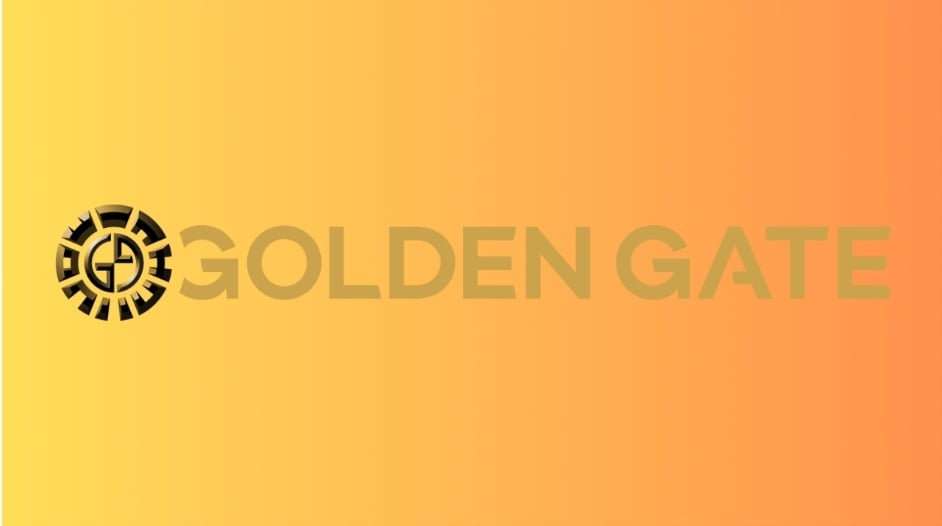press release
PRESS RELEASE. Golden Gate (GGX) is a novel interchain infrastructure protocol that eliminates Layer 0 communication friction by delivering protocol-agnostic communications and more secure liquidity transfer. Golden Gate mediates interchain communication via the Incentivized Message Delivery Protocol (IMDP), which uses a network of couriers running light clients to deliver messages for efficient cross-chain communication. Golden Gate supports the IBC, XCMP, and LayerZero communication protocols, amongst others, making it universally composable across Web3 infrastructure.
With this architecture, Golden Gate delivers a next-generation programmable layer 0, enabling developers to leverage this technology stack to benefit their dApps and, ultimately, their end users. In practice, this means that developers will be able to deploy their dApps such that they are natively interoperable and protocol agnostic from day 1, abstracting away the need to worry about cross chain interoperability. In order to build on Golden Gate’s layer 0, developers must deploy their apps with the Golden Gate Virtual Machine, which supports a wide array of languages and tooling. Building on Golden Gate is in essence building cross-chain across all major chains and places novel DeFi utilization and use cases as its centerpiece.
Golden Gate already has novel DeFi applications being developed on it, which are only possible on multichain platforms that provide comprehensive interchain infrastructure like Golden Gate. While DeFi innovation has stagnated over the past two years, multichain DeFi on Golden Gate promises to bring true scalable innovation to decentralized finance.
Golden Gate’s hybrid virtual machine builds upon Astar’s cross-virtual machine (XVM) pallet, which provides cross VM interactions between WebAssembly (WASM) and Ethereum Virtual Machine (EVM) smart contracts. This requires two separate breakthroughs: 1) EVM Adapter – a WASM wrapped EVM contract call, as WASM smart contracts expects to only receive and send active calls – meaning an event in an EVM environment must be able to make a call to a separate WASM contract, all within Substrate runtime. 2) XVM Adapter – that does the reverse, interacting from WASM to EVM, which requires a chain extension, a way to extend contracts API to add contracts to runtime pallet interaction. Golden Gate’s EVM adapter is already complete today, and the XVM adapter is on track to be bidirectionally…
Click Here to Read the Full Original Article at Bitcoin News…
























